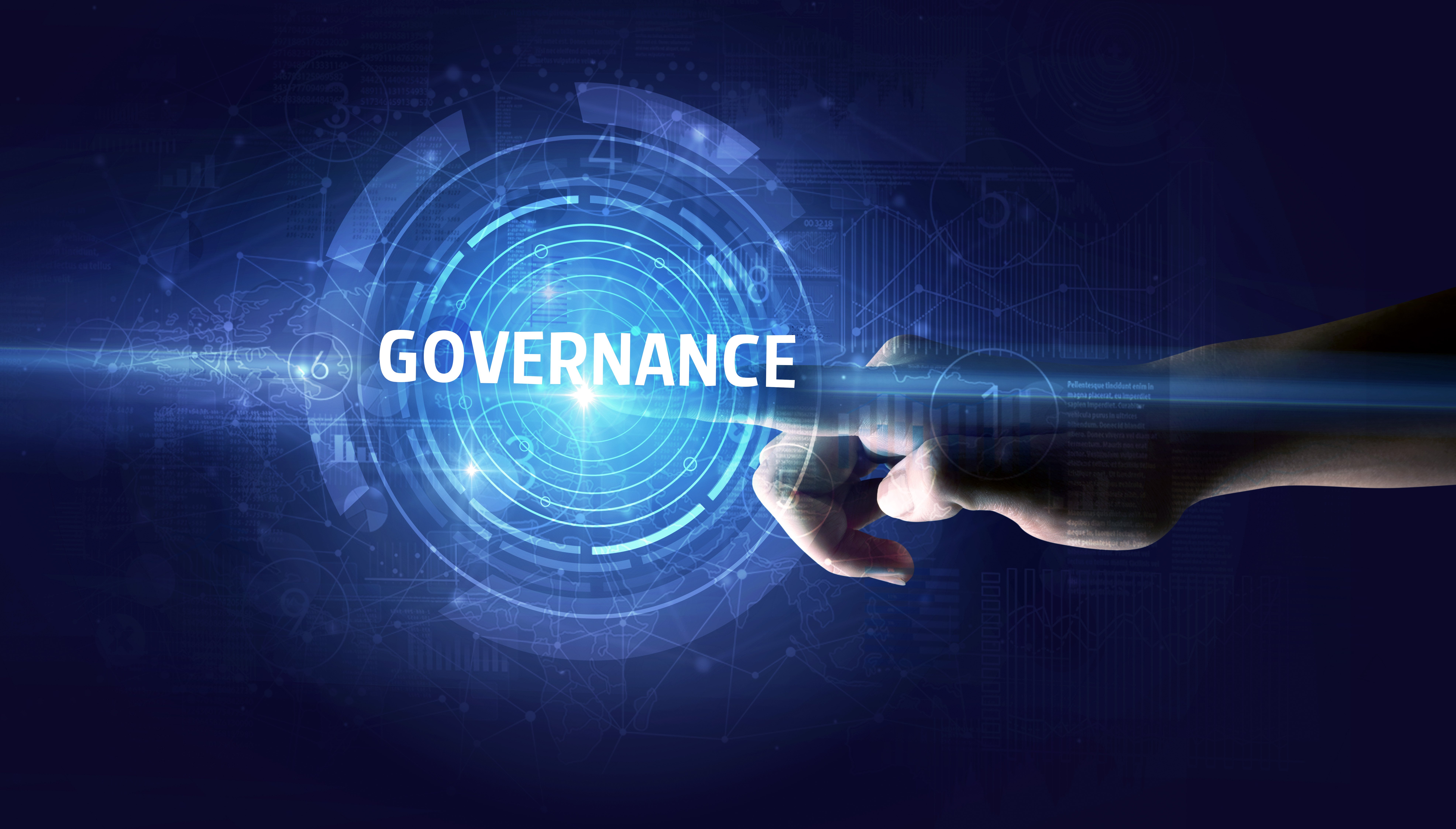Harnessing the Power of GenAI: Advancements, Applications, and Strategies

GenAI Advancements
GenAI has made remarkable strides over the past 5 years, demonstrating impressive progress. Let's delve into some of the exciting advancements. One notable achievement is the rapid adoption of ChatGPT, which has made AI accessible to everyone. It's truly astonishing that ChatGPT garnered 1 Million users in just 5 days, surpassing the time it took Netflix (3.5 years) and Facebook (10 months) to achieve the same feat. But what exactly is driving this immense interest in GenAI? Well, at the core of ChatGPT and similar chat interfaces like Google's BARD or Anthropics Claude are LLMs. These LLMs undergo pre-training using vast amounts of data, enabling them to generate entirely new content. These consumer focused tools are different from enterprise GenAI, which are developed to integrate business specific data, making GenAI accessible to the masses. They possess the ability to create various forms of content, encompassing text, code, video, images, audio, and more. The sheer capacity to generate content is truly awe-inspiring. This remarkable capability to generate content has resulted in numerous practical applications. Examples of potential application of this capability are enhancing customer satisfaction through improved products, including superior video content and recommender models on platforms like Netflix. Not only is the quality of the products advancing, but the speed at which they are created is also escalating. For instance, by analyzing customers' year-on-year purchasing patterns, the supply chain can be optimized, leading to exponentially faster time-to-market for products. Additionally, content generation is revolutionizing virtual interfaces by introducing lifelike 3D rendering, thereby enhancing the realism of interactions. The leap to accept text only to video from GPT-3 to GPT-4 over 2 years is a great example. The list of potential examples can go on and on and only grow further as the technology evolves further. While we grasp the usefulness of GenAI and the role of LLM, it's crucial to acknowledge the exponential growth in the creation. Thanks to the power of cloud computing, both the number and the size of the datasets LLM are pre-trained on are expanding at a rapid pace. Prominent technology leaders like Google, OpenAI, Meta, Microsoft, and Amazon are actively involved in developing LLMs, as depicted in Figure 1 below. The proliferation of LLMs is not only characterized by their increasing numbers but also by their substantial growth in size over time. For instance, GPT-3, developed in 2020, was trained on an impressive 175 billion parameters, while the forthcoming GPT-4 is estimated to be trained on a staggering 1 trillion parameters. This remarkable expansion in pre-training capacity over the past few years is anticipated to persist, propelling GenAI into even more extraordinary realms. So how do Figure 1: Large Language Model (LLM) by year Introduced 2020 to 2023 (July YTD). Color shows Technology Organization responsible for LLM. Size reflects the sum of Parameters (Billions) used to pre-train LLM. Source: Multiple cited in referencesGenAI Application
Many organizations have successfully integrated GenAI into their data and analytics strategies, yielding significant benefits. Figure 2 illustrates the areas where these benefits are currently being realized: Customer Experience/Retention, Revenue Growth, and Cost Optimization. The success of ChatGPT demonstrates the importance of making language models approachable and user-friendly. By connecting the power of pre-training to user interfaces, organizations can provide valuable experiences to their users. A prime example of this approach is the development of personalized chatbots tailored to individual conversations, enabling users to effortlessly and promptly acquire services. This use case has been implemented across various industries, consistently delivering positive results. Prominent services such as Netflix and Amazon marketplace have harnessed the potential of language models to enhance their content and overall customer satisfaction. Overall, the integration of GenAI has proven to be a compelling and effective strategy for organizations, yielding tangible benefits across multiple areas, while also enhancing the user experience and driving customer satisfaction.GenAI Strategies to use Now:
As the technology evolves at a rapid pace there are strategies that can be used now to integrate GenAI into your enterprise:- Contextualize organization-specific data: Securely connect enterprise data to existing pre-trained models, gaining invaluable context that can be further fine-tuned. Examples include automating Q&A and FAQ responses, call center scripts, enhancing customer satisfaction through optimized product placement and recommendations, extending service life with behavior data augmentation, and generating captivating marketing content based on existing services. These starting points lay the foundation for continuous improvement and value generation.
- Embrace exposure to multiple pre-trained models: Dive into the vast array of available pre-trained models, both open source and proprietary. Explore their capabilities and functionalities to gain a deeper understanding of their effective utilization across various applications. Integrating them seamlessly within your organization unlocks their true potential.
- Prioritize accuracy and security: Approach GenAI models with a diligent focus on accuracy and security. Implement robust "truth tests" to validate predictions and ensure adherence to stringent data handling and security measures. Maintaining strict control over your organization's data usage empowers you to fully harness the transformative capabilities of GenAI while safeguarding valuable information.
Share this
You May Also Like
These Related Stories
Have the LLM Wars Begun?


Have the LLM Wars Begun?
Apr 26, 2023
2
min read
How Pythian Is Flattening the IT Disruption Curve


How Pythian Is Flattening the IT Disruption Curve
Apr 14, 2020
3
min read
Building Organizational Models for Better Data Governance


Building Organizational Models for Better Data Governance
May 20, 2022
5
min read
Comments (1)